Nature has gifted us with diverse senses that have made lives actually happening. And that allows you to communicate with and react to others. They also provide us the ability to keep our bodies healthy and safe. Most of the information that brains receive comes from these sensory organs: the eyes, nose, ears, skin, and tongue. The eye is the organ of sight. The functioning of the eye tells us how we see things. To keep our eyes in a safe position, we need to go thoroughly through its, structure and how does it function.
Contents
Anatomy Of The Eye
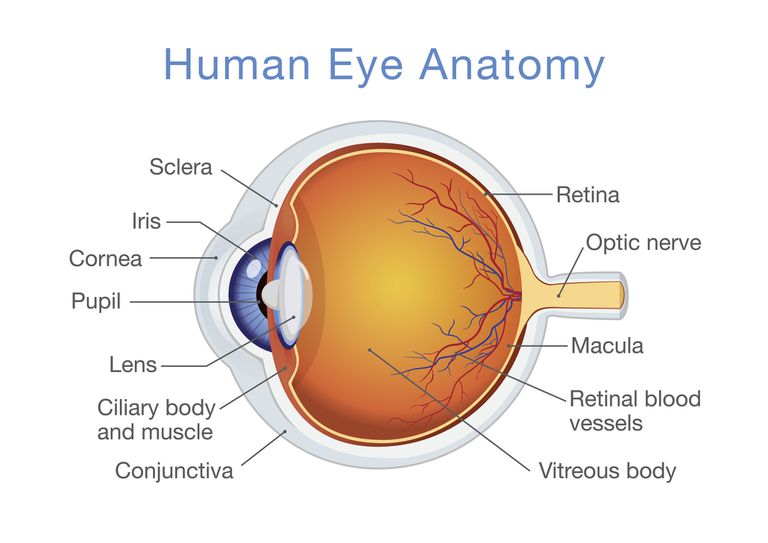
Let’s understand the basic structure before we look for an answer to how we see things.
The eye is a slightly irregular hollow sphere that takes in light and transforms it into images. The light enters through the cornea (the front window of the eye). The pupil governs the amount of light entering the eye. As the front part of the eye is elliptical, it tilts the light shaping an upside-down image on the retina. Then the brain does its work and turns the image back into the right manner.
The retina works with a direct connection to the brain. It makes the brain understand the images that the retina has turned from the light of the objects to the signals. The brain receives these signals. But there is a part in the retina at the very backside of it that is light conscious. The area is loaded with photosensitive cells.
These cells can be divided into two different categories based on their function of the vision, during the day and the night. Rods are the cells that enable a person to see during the night. Whereas the cones hold the responsibility to form the images during the daytime. They are further divided into different categories based on their response to a different wavelength of light: red, green, and blue. Cones permits us to witness the image in color and detail.
An eye also consists of several other parts enabling it for the proper perception of the view. They can be aqueous humor (a liquid that flows in a chamber behind the cornea); vitreous humor (a gel-like fluid that fills the area between the lens and the retina. Every eye part located inside the eye is protected by a shield, called the sclera (the white part of the eye). Another part is the choroid, which helps to nourish the eye because it is made up of blood vessels.
How We See Things/Functioning of An Eye
A human eye is a camera of a human body that captures everything that poses in front of it. The brain receives the image of the object and stores it there as a soft copy, and retrieves them back at the required time.
We all know that whatever is visible to us is not the object itself that we are looking at. Instead, it is the image that has been formed that is what we are seeing. Now the question arises that how the process is followed. What happens when our eyes turn towards any object? What exactly happens when that light falling on the object reflects the eyes?
Various structures are working inside the eye to form an image that the brain can understand. there is a clear dome-like structure, called cornea covering the iris (the colored part of the eye) among these structures. The lens is located just beneath it. The retina is situated at the back of the eye and it contains thin layers of tissues.
Steps:
The light passes through the cornea. As soon as it passes the light is refracted upon the lens. The light is then bent for the second time finally reaching the retina where the image is formed. The twice bending of light, however, reverses the image. As a result, the image has been turned upside down. If this was the end of the road, then the world would have perceived as upside-down to each one of us.
Thankfully, the image is turned into the correct form in the brain. But before this, the image needs to be transferred to the brain. Through an optical nerve, the image is made to travel to the optical lobe where it regains its proper perception.
Common Problems Affecting How We See Things (eye sight)
1) Refractive errors
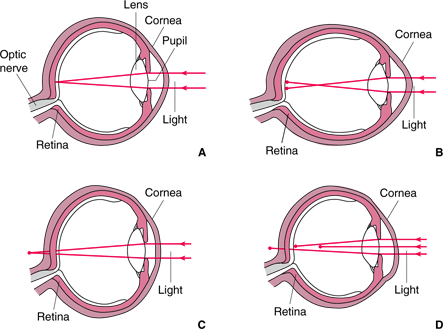
This eye problem affects how we see things. We can say that there are two types of eyes: “emmetropic eye” (those with normal vision), and “ametropic eye” (those with refractive errors). Refractive errors are confusion that occurs when the eye is not able to perceive the image as it is. This happens because of the irregularity in the shape of the eye resulting in unclear and blurry images. Following are the two most common types of refractive errors;
- Myopia: This is the condition where the eyeball gets expanded, or the lens becomes too thick. As a result of it, the person suffering from it is not able to see distant objects. Nearby objects are visible to him/her.
- Hypermetropia: commonly called, long-sightedness are the conditions where the person is not able to see nearby objects clearly, but distant objects are clear to them. This happens because the eyeball gets too contracted, or the lens becomes too thin. It can cause trouble while we read books.
Usually, we go for prescription glasses in such cases.
2) Cataracts
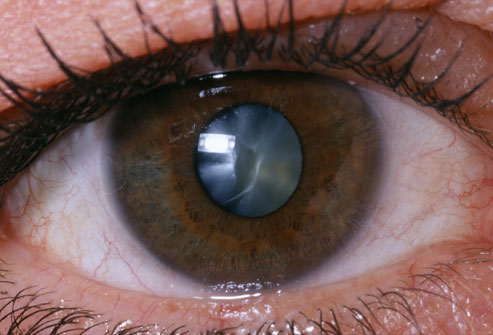
This is another sight-threatening condition. The problem results in vision deficiency. The patient’s eyes are in such a condition that a cloudy patch can be noticed on the eyeball. With time, the patch grows and even leads to vision loss. The issue is generally found in old age. However, it might even occur in children. In cases with the exception, a newborn too can suffer from this.
3) Trachoma:
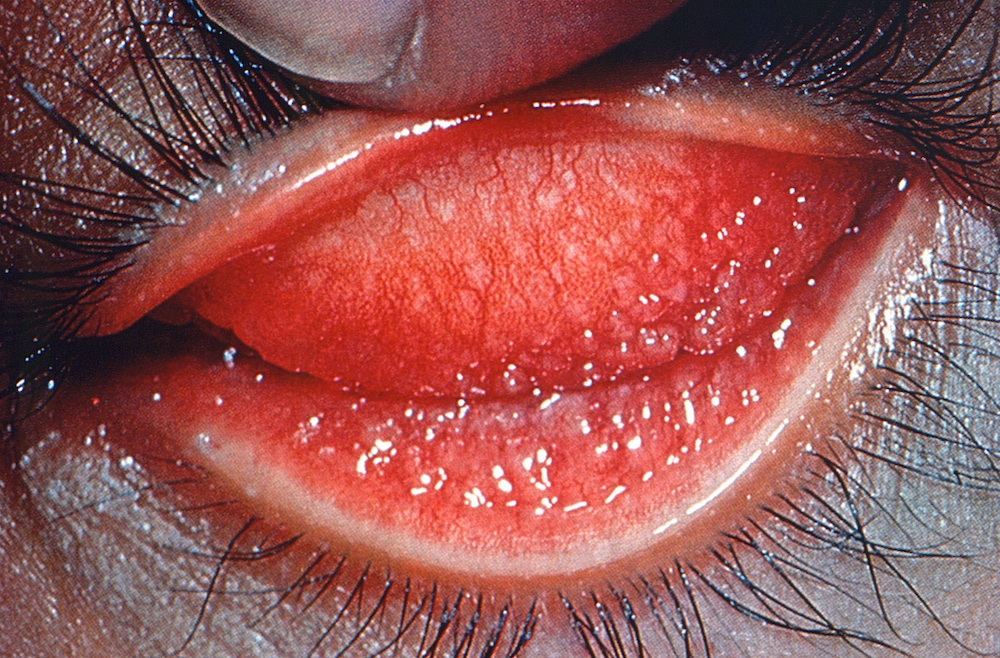
It comes under the category of neglected tropical diseases (NTDs). It is caused when bacteria repeatedly affect the eyes. That’s a bit similar to conjunctivitis, and can be easily treated. But if it’s not, over time, it causes scarring into the eyelids. This makes the eyelashes turn inward. And with every blink. They scrape against the eye. It is a communicable disease and spreads through contacts.
4) River Blindness:
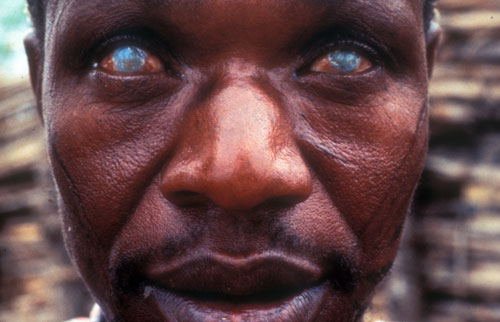
Called onchocerciasis, river blindness is a disease caused by infections that fly transfers from nearby water bodies to our eyes. In worse cases, they can even lead to irreversible blindness.
Protection For Eyes
Right from a very young age, eyes need to be protected and taken care of properly. Even a slight delay can lead us to serious problems. The moment we feel something wrong with our sights and visions, we need to act immediately. Run to the eye doctor as soon as possible. We cannot afford to lose our vision.